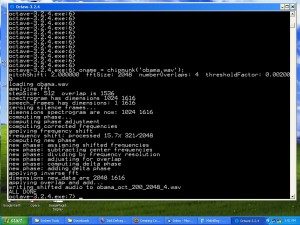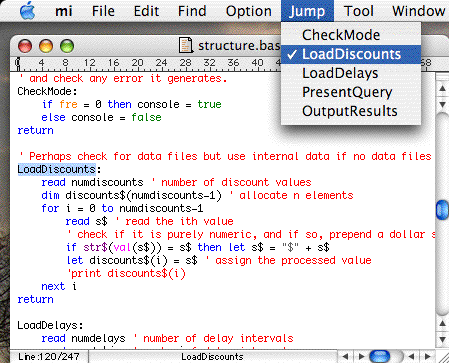



CHIPMUNK BASIC QUADRATIC LICENSE
This is an open access article under the CC BY license (). We used these data to identify basic patterns of co-occurrence with fishers, and to evaluate the relative importance of presence of competing mesocarnivores, rodent prey, and predators for fisher occupancy of small, 1 km2 grid cells of forest habitat. Coyote, mountain lion, 5 mesocarnivores in the same foraging guild as fishers (gray fox ) ringtail, marten, striped skunk spotted skunk, and 5 Sciuridae rodents that fishers consume as prey (Douglas squirrel ), gray squirrel, northern flying squirrel, long-eared chipmunk, California ground squirrel. The data provides insight on camera trap detections of 3 fisher predators (bobcat ). These data provide additional information relevant to the frequency of fisher detections by camera traps, and single-season occupancy and local persistence of fishers in small patches of forest habitats detailed elsewhere, "Landscape Fuel Reduction, Forest Fire, and Biophysical Linkages to Local Habitat Use and Local Persistence of Fishers (Pekania pennanti) in Sierra Nevada Mixed-conifer Forests".

We used these data to identify basic patterns of co-occurrence with fishers, and to evaluate the relative importance of presence of competing mesocarnivores, rodent prey, and predators for fisher occupancy of small, 1km2 grid cells of forest habitat.ĭata from camera surveys identifying co-occurrence and occupancy linkages between fishers (Pekania pennanti), rodent prey, mesocarnivores, and larger predators in mixed-conifer forestsĪ Great Basin Institute (GBI), 16750 Mount Rose Highway, Reno, NV 89511, USA b California Department of Fish and Wildlife (CDFW), 601 Locust Street, Redding, CA 96001, USAĬontents lists available at ScienceDirect These data provide additional information relevant to the frequency of fisher detections by camera traps, and single-season occupancy and local persistence of fishers in small patches of forest habitats detailed elsewhere, “Landscape Fuel Reduction, Forest Fire, and Biophysical Linkages to Local Habitat Use and Local Persistence of Fishers (Pekania pennanti) in Sierra Nevada Mixed-conifer Forests”. Abstract of research paper on Biological sciences, author of scientific article - Rick A.


 0 kommentar(er)
0 kommentar(er)
